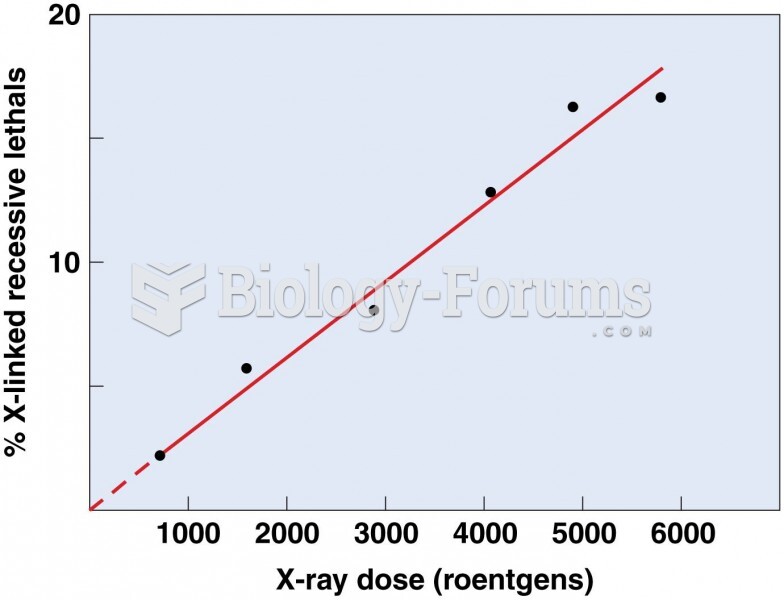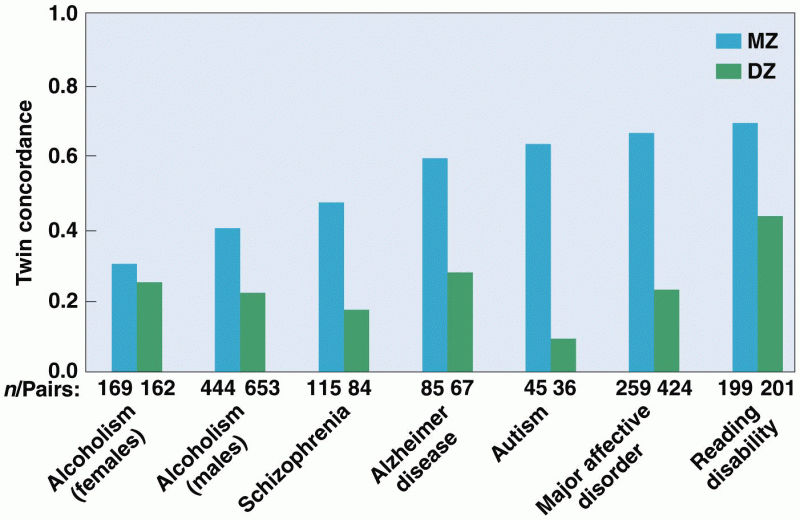|
|
|
Certain topical medications such as clotrimazole and betamethasone are not approved for use in children younger than 12 years of age. They must be used very cautiously, as directed by a doctor, to treat any child. Children have a much greater response to topical steroid medications.
The first documented use of surgical anesthesia in the United States was in Connecticut in 1844.
In most cases, kidneys can recover from almost complete loss of function, such as in acute kidney (renal) failure.
Drying your hands with a paper towel will reduce the bacterial count on your hands by 45–60%.
For about 100 years, scientists thought that peptic ulcers were caused by stress, spicy food, and alcohol. Later, researchers added stomach acid to the list of causes and began treating ulcers with antacids. Now it is known that peptic ulcers are predominantly caused by Helicobacter pylori, a spiral-shaped bacterium that normally exist in the stomach.







